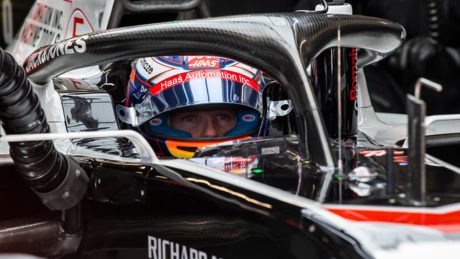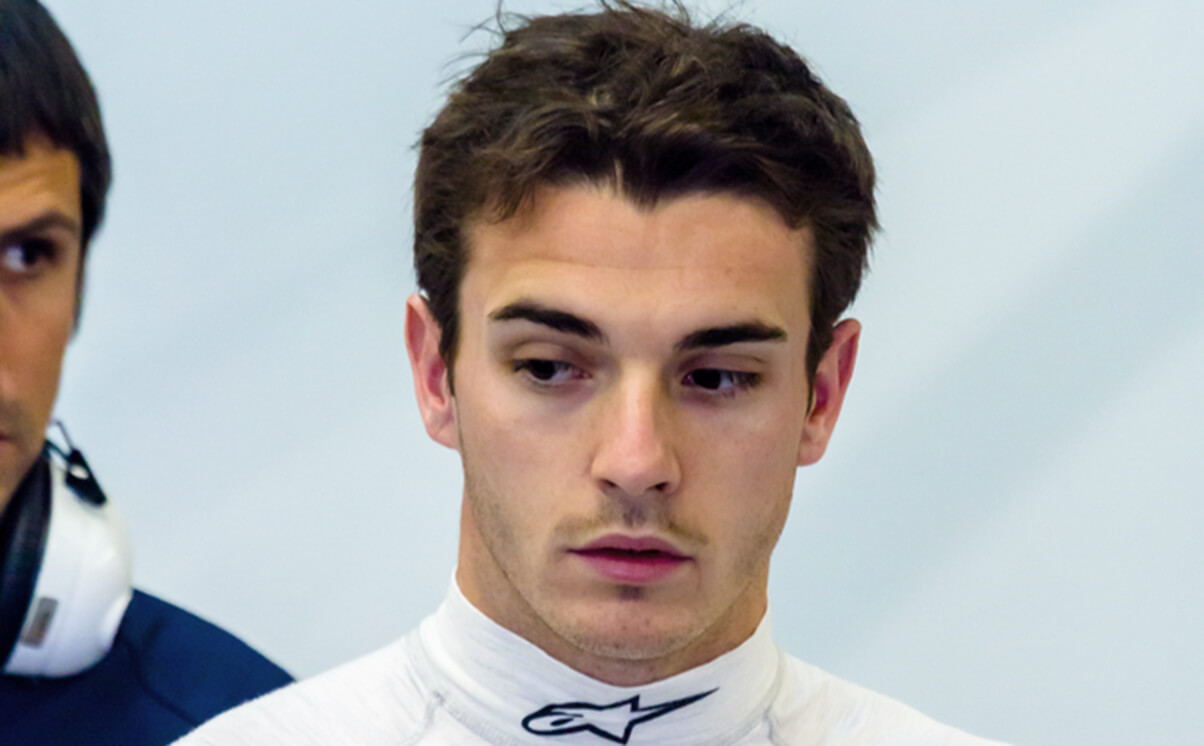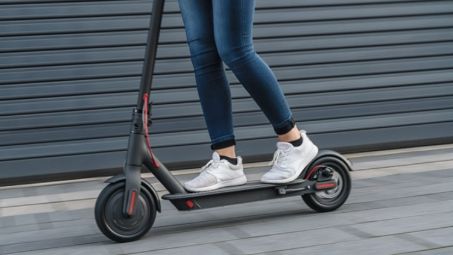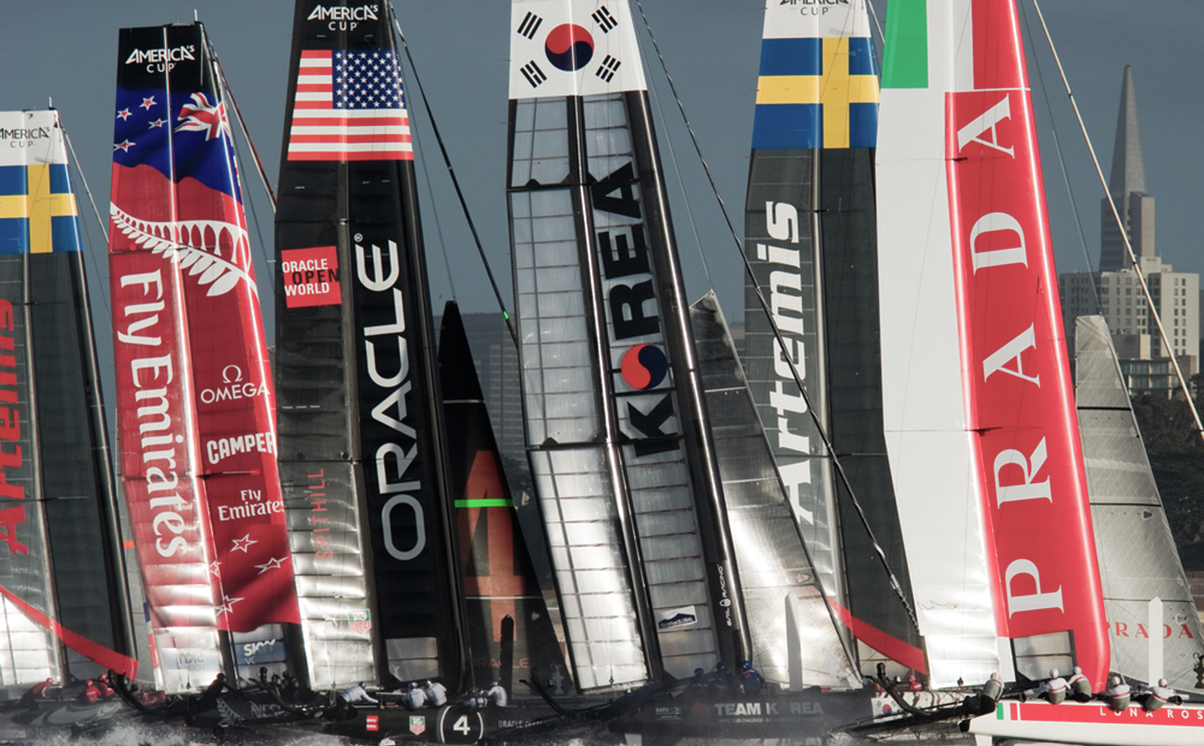As details emerge of Romain Grosjean’s shocking accident at the Bahrain Grand Prix on 29 November 2020, Formula 1 drivers and commentators appear to be in unanimous agreement on one thing: the halo cockpit head protection device looks to have saved Grosjean’s life.
Romain Grosjean came across the track and clipped Daniil Kvyat on the first lap of the Bahrain Grand Prix, causing him to veer off the track at high speed and hit the steel crash barrier. His car was cut in two, which appears to have allowed fuel to escape. Fire then quickly engulfed Grosjean and his vehicle, as can be seen in striking images from the race. The halo cockpit protection device meant that Grosjean avoided almost certain severe trauma to his head. He was able to escape the vehicle and has reportedly suffered relatively minor burns to his hands and ankles.
Formula 1’s governing body, the Federation Internationale De L’Automobile (FIA) introduced the halo to Formula 1 cars in 2018. Formula 1 is an open cockpit sport meaning that drivers are particularly exposed to the potential of serious head trauma in the event of a collision, notably with trackside furniture or other vehicles. The wishbone design of the halo is fitted over the open cockpit of the Formula 1 car and provides the driver with additional head protection during a race.
At the time of the halo’s introduction, it was the subject of considerable controversy, including from some of the leading motorsport competitors it was designed to protect. The FIA had been working on the design at the time of Jules Bianchi’s fatal accident at the Suzuka Grand Prix in Japan. Bianchi suffered fatal head injuries in a violent collision with a mobile crane. Plans to introduce the halo were accelerated by the FIA following Bianchi’s death, despite resistance from other participants and stakeholders in Formula 1. Grosjean’s accident provides an unequivocal vindication that the halo was a big step forward in the FIA’s continued objective of improving safety in motorsport.
Nevertheless, following Grosjean’s accident in Bahrain, many questions remain in relation to important safety aspects of motorsport. The immediate reaction of other drivers, including Sebastian Vettel and Pierre Gasly, was to observe that the crash barrier and the car should be designed to withstand an impact of this nature. They reacted with shock at how Grosjean’s vehicle pierced through the crash barrier and split into two. Like any sport, Formula 1 drivers accept an element of risk, but at the same time they participate on the basis that basic safety features have been robustly tested to ensure they are effective in the event of a crash.
With Formula 1 cars regularly reaching speeds in excess of 200kmph, and Grosjean’s collision likely to have happened at considerable g-force, arguably the crash barrier and the car should be able to withstand a collision of this nature, which is an entirely foreseeable part of the sport, without such dramatic consequences. The standard of crash barriers at FIA sanctioned race tracks, as well as the integrity of the Formula 1 race car chassis, will be firmly in the spotlight and a key focus in the FIA’s accident investigation which will now follow.
The accident shows how the continued drive to improve safety standards, even in relation to well-established, fundamental aspects of racing such as the car’s bodywork and crash barriers, can still save lives and avoid serious injury. And in the case of the halo, may even appear to work miracles.
Philippe Bianchi, Jules Bianchi’s father, commented after the crash:
“I was personally very shocked by the images from Romain Grosjean’s accident last weekend. Romain and his family are very close to our family further to the tragic loss of Jules in 2015.
Following Jules’ accident at the Japan Grand Prix in 2014, the FIA has worked on the approval of a system designed to protect the head of the driver in the event of a crash. This system, known as the Halo, clearly saved Romain’s life. We can be proud of this innovation which Jules’ accident served to bring about. I therefore welcome this safety improvement introduced by the FIA following Jules’ death.
Jules was certainly there by Romain’s side this week and I am very happy that Romain can now spend the festive season with his family recovering from this incident.”
Chris also featured in City AM, see the article here.
You can find further information regarding our expertise, experience and team on our International Injury pages.
If you require assistance from our team, please contact us or alternatively request a call back from one of our lawyers by submitting this form.
Subscribe – In order to receive our news straight to your inbox, subscribe here. Our newsletters are sent no more than once a month.








